When I have a free afternoon, I love to spend the time wandering through the “Ancient Worlds” wing at the local museum, checking out the incredible antiquities that our ancestors left behind.
It’s pretty remarkable to think about the history that these objects have survived. Just think, for thousands of years, archeological finds — like the massive hoard of treasures buried with King Tut — have been underneath our feet, just waiting for discovery!
If you ask me, the most fascinating and nostalgic objects of all are also the most fragile. Ancient statues, buildings, and even golden jewelry are discovered relatively frequently; they’re tough enough to survive the centuries.
But millions of other objects have been lost, simply because they were made of less durable material. Fabric, books, glass items—almost all ancient examples rot or disintegrate long before an archaeologist can track them down.
That’s why the few samples that survive are so thrilling; they represent a rare glimpse into a side of ancient life that we almost never get to see!
What do you think of this incredible discovery? Let us know your thoughts in the comments below.
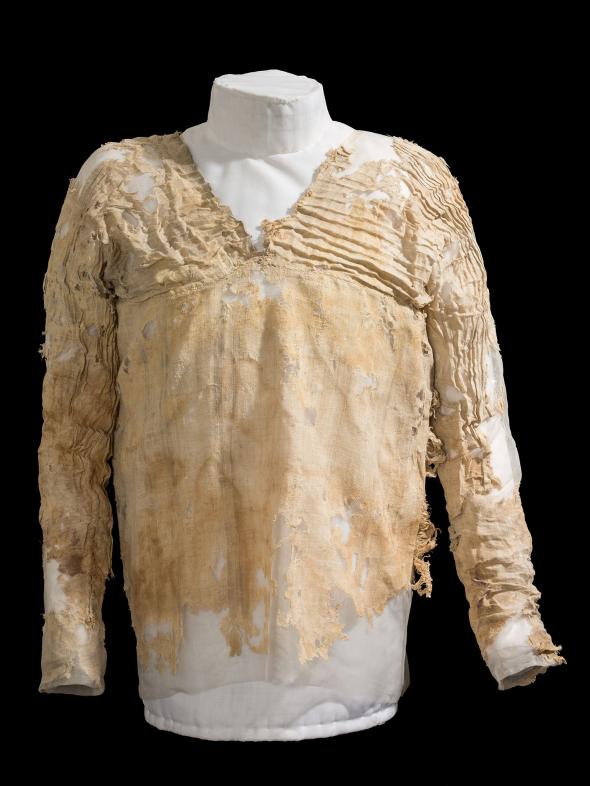
The latest historical artifact to make major waves looks at first glance like a simple linen blouse. In fact, the garment is the world's oldest dress, excavated in 1913.
Called the Tarkhan Dress after the location in Egypt where it was discovered, it was bundled up in a pile of linens and forgotten until the 1970s.
In the was eventually carbon-dated, and determined to be the oldest woven garment ever discovered.

It's a tiny fragment of an exceptionally fine garment that most likely would have been worn by a wealthy Egyptian woman.
Researchers say that the simple linen dress would have originally fallen to roughly knee-length, judging from paintings of Egyptian woman from the same time period.
The garment dates back to 2800 BC.
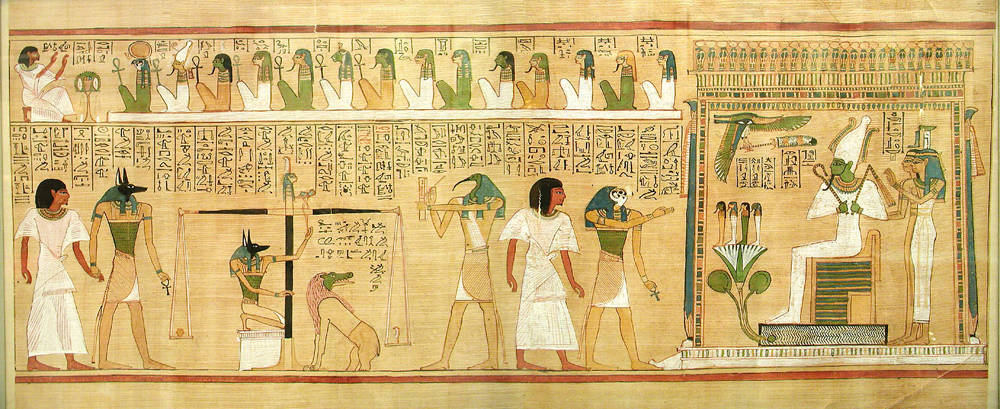
It is likely that the garment resembled other clothing depicted on women in ancient Egyptian artwork.
Though figures in hieroglyphics often wear tight-fitting garments, this might have been looser, and was pleated around the shoulders.
Researchers also believe it may have been worn regularly, because there were signs of creasing, and it was discovered inside out, as if it had been pulled off.

Of course, the Tarkhan Dress is not the only exceptional garment salvaged from ancient Egypt.
Over the years, a handful of other items have been excavated from Egyptian burial sites, including these much later divided socks, which were designed to be worn with sandals.
These date to the fourth century CE.
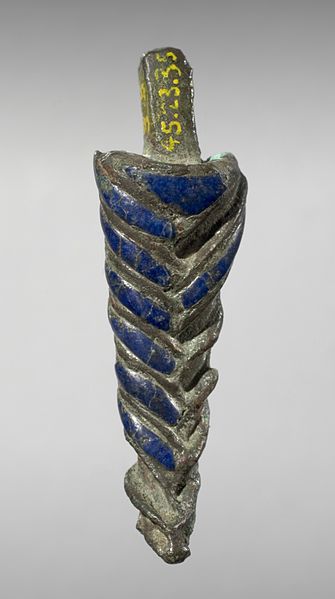
Other discoveries include various postiches, which were long, stylized false goatees worn by Egyptian royal men.
Beards were valued in ancient Egypt, to the point where the all-power pharaohs wore elaborate pieces made of metal and gemstones set against their chins, like this late Egyptian postiche made of lapis lazuli.
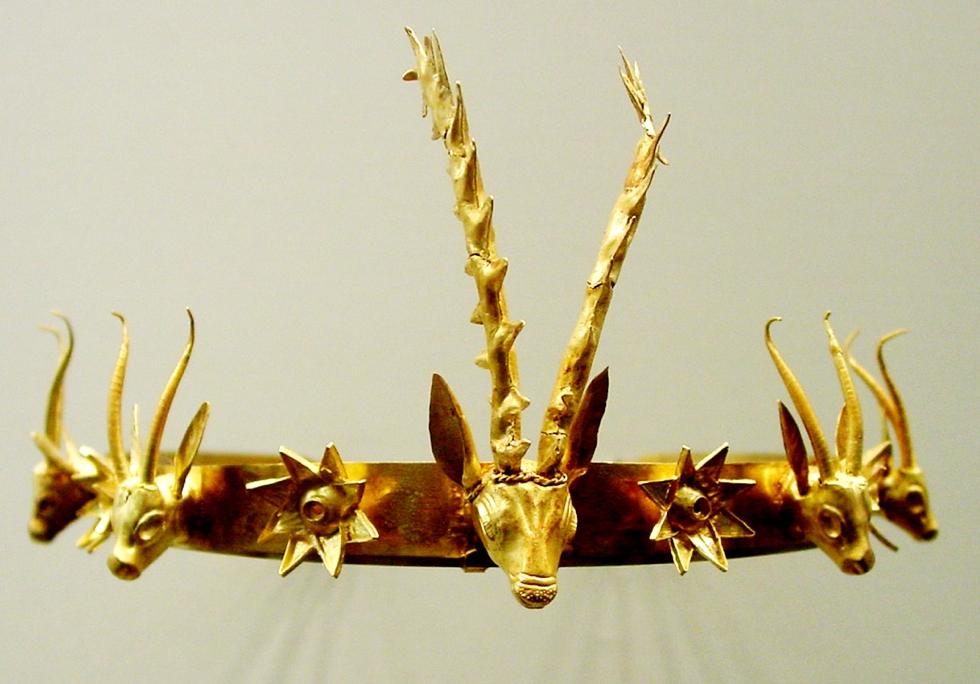
We have also recovered numerous examples of ancient Egyptian jewelry, like this 18th Dynasty golden crown, decorated with the heads of gazelles. This would have been worn by an Egyptian princess.
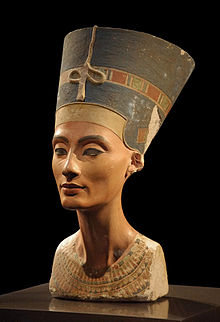
Ultimately, however, most of what we know about Egyptian clothing is gleaned from artistic depictions, like this famous bust of the Egyptian queen Nefertiti.
Garments like the Tarkhan Dress are a fabulous and incredibly rare opportunity to exam these clothes up close, and to see how they really would have been worn!
Are you fascinated by what the Tarkhan Dress can tell us about the incredible world of the ancient Egyptians?
Then don't forget to SHARE this interesting slice of history with your friends!




